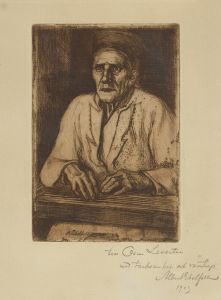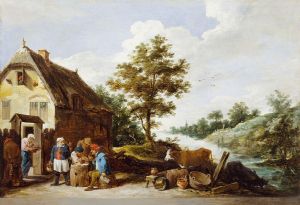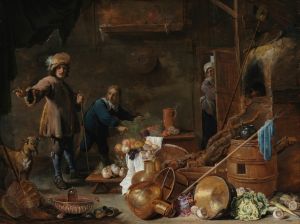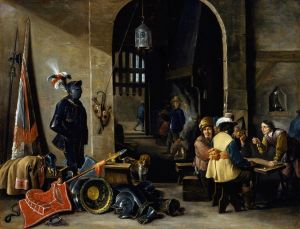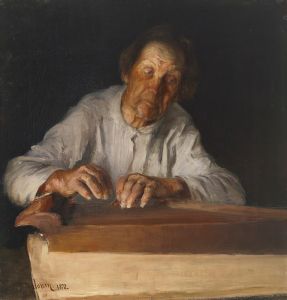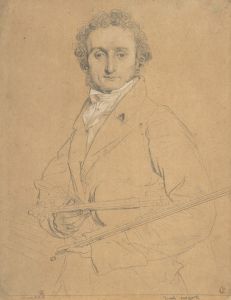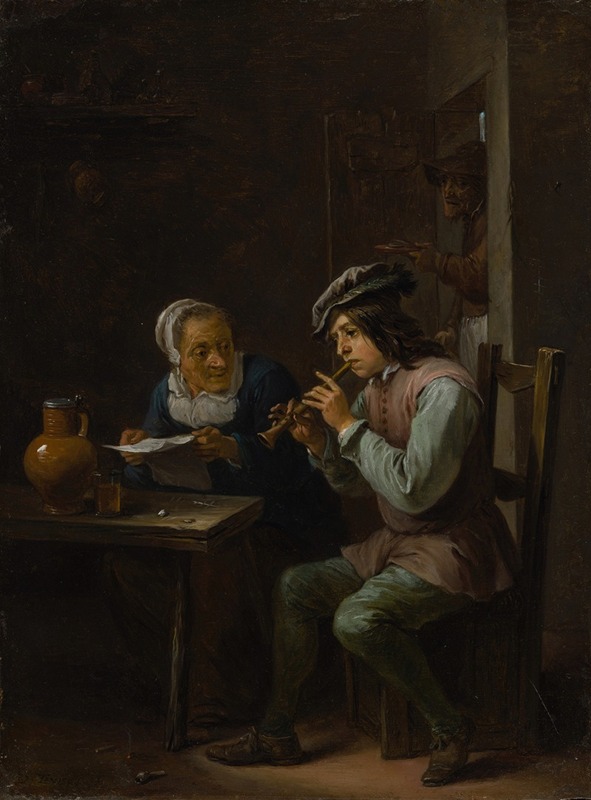
The Flageolet Player
A hand-painted replica of David Teniers The Younger’s masterpiece The Flageolet Player, meticulously crafted by professional artists to capture the true essence of the original. Each piece is created with museum-quality canvas and rare mineral pigments, carefully painted by experienced artists with delicate brushstrokes and rich, layered colors to perfectly recreate the texture of the original artwork. Unlike machine-printed reproductions, this hand-painted version brings the painting to life, infused with the artist’s emotions and skill in every stroke. Whether for personal collection or home decoration, it instantly elevates the artistic atmosphere of any space.
David Teniers the Younger was a prominent Flemish painter in the 17th century, known for his genre scenes, landscapes, and depictions of peasant life. One of his notable works is "The Flageolet Player," which exemplifies his skill in capturing everyday life with a touch of humor and vivid detail.
"The Flageolet Player" is a genre painting that portrays a musician playing a flageolet, a woodwind instrument similar to a recorder. Teniers was renowned for his ability to depict scenes of merriment and leisure, often set in rustic environments. This painting is no exception, as it captures a moment of musical enjoyment, likely set in a tavern or a similar informal setting. The flageolet player is typically depicted as a peasant, reflecting Teniers' interest in the lives of ordinary people and his ability to elevate such scenes to the level of fine art.
Teniers' work is characterized by its attention to detail and vibrant use of color, both of which are evident in "The Flageolet Player." The artist's technique involves a careful rendering of textures and materials, from the fabric of the musician's clothing to the wood of the instrument. This attention to detail not only adds realism to the scene but also invites the viewer to engage more deeply with the painting.
The composition of "The Flageolet Player" is carefully arranged to draw the viewer's eye to the central figure of the musician. Teniers often employed a warm color palette, which can be seen in the earthy tones of the painting. The use of light and shadow is also significant, as it helps to create a sense of depth and three-dimensionality. Teniers was adept at using light to highlight certain elements of his compositions, and in this painting, it serves to emphasize the musician's expression and the lively atmosphere of the scene.
David Teniers the Younger was part of a family of artists, and he was heavily influenced by his father, David Teniers the Elder, as well as by other Flemish painters of the time. His work was highly regarded during his lifetime, and he enjoyed the patronage of several important figures, including Archduke Leopold Wilhelm of Austria. Teniers' paintings were sought after for their charm and technical excellence, and they continue to be appreciated for these qualities today.
"The Flageolet Player" is a testament to Teniers' ability to capture the spirit of his time. It reflects the cultural and social milieu of 17th-century Flanders, where music and conviviality played an essential role in daily life. The painting is not just a depiction of a musician but a window into the world of the past, offering insights into the customs and traditions of the period.
In summary, "The Flageolet Player" by David Teniers the Younger is a fine example of Flemish genre painting. It showcases the artist's skill in rendering detailed and lively scenes of everyday life, his mastery of color and composition, and his ability to convey the joy and simplicity of peasant life. The painting remains an important work in the study of 17th-century Flemish art and continues to be admired for its artistic and historical significance.






